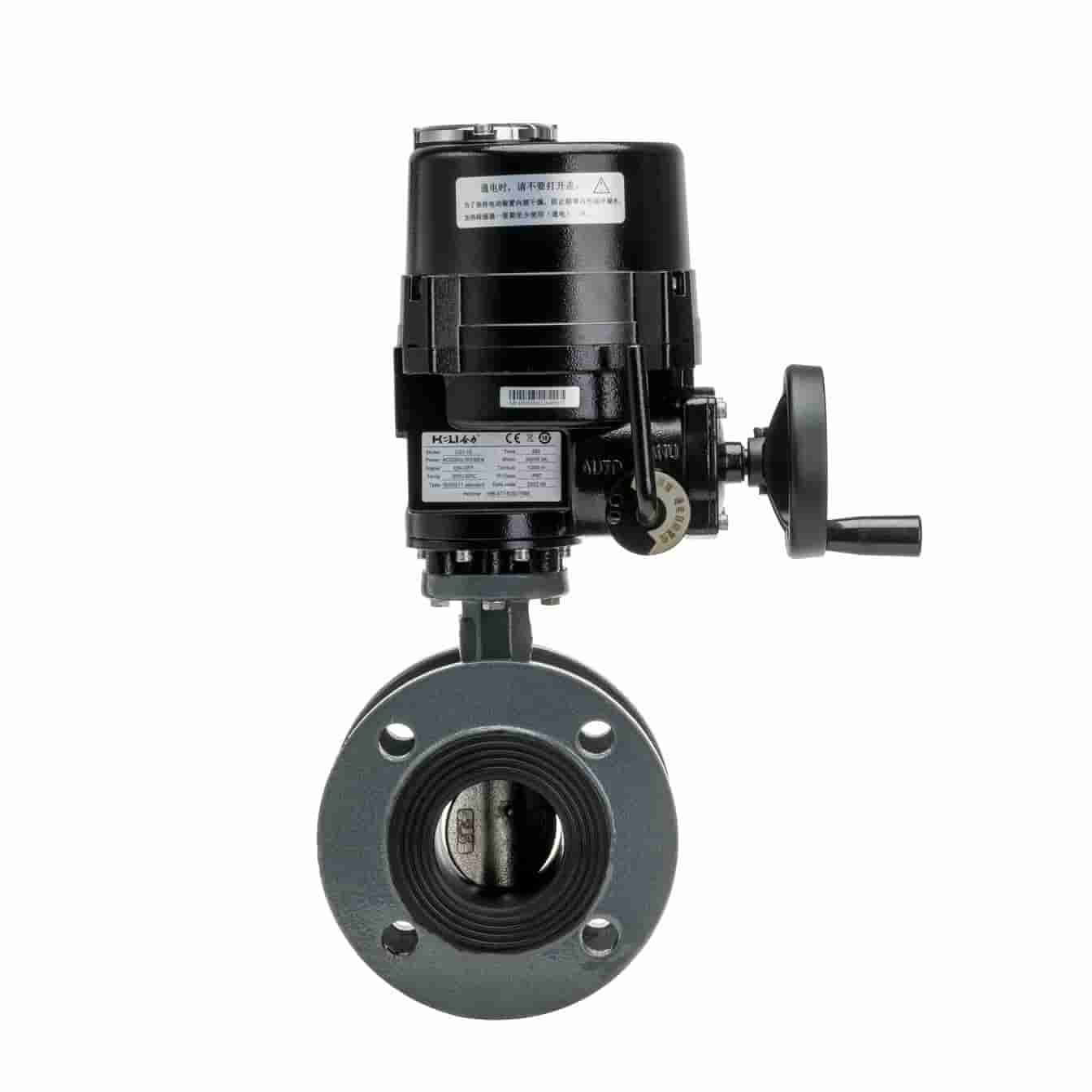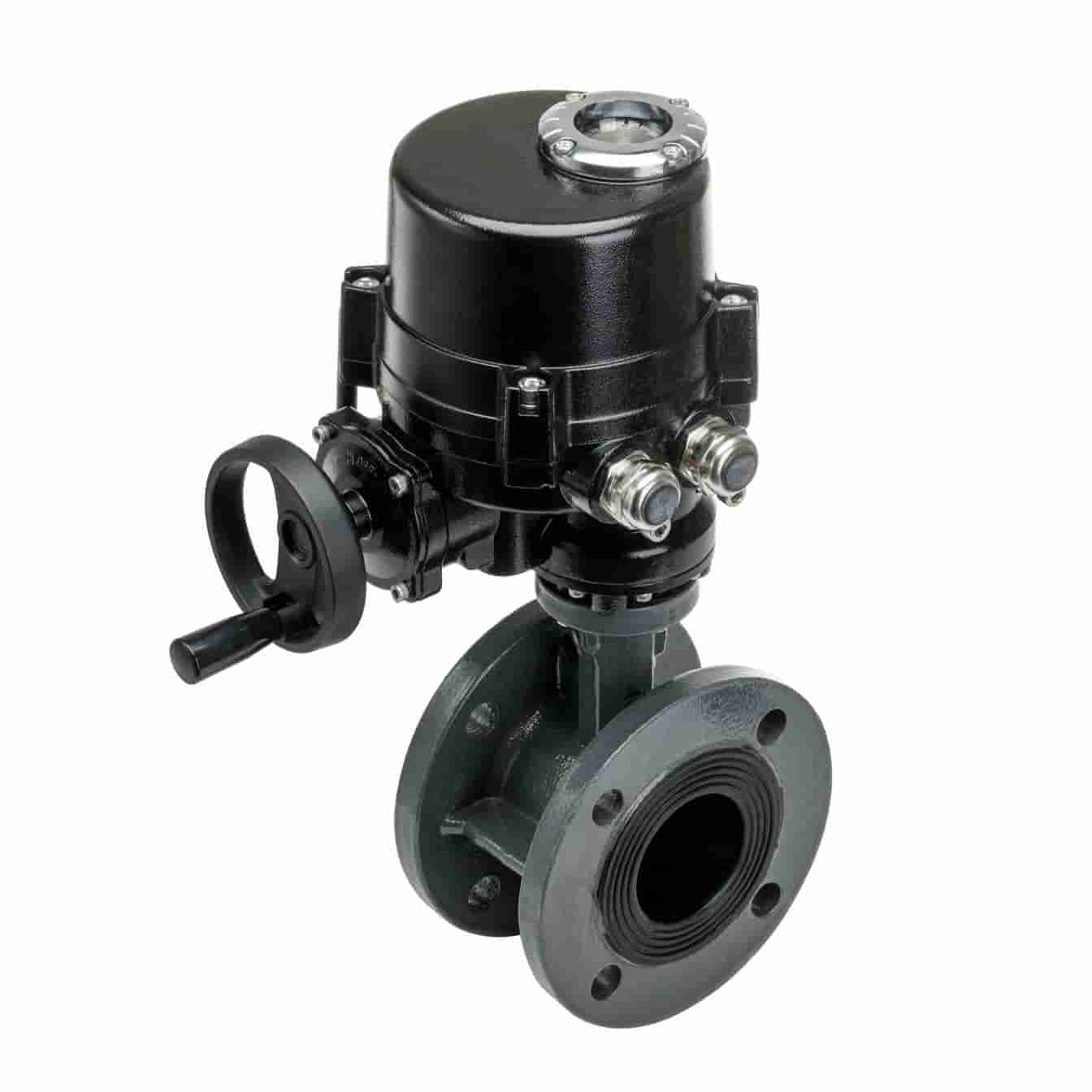

One of the ultimate benefits of the WCB Electric Ball Valve is its electric actuator, which enables remote operation and automation. This feature is particularly advantageous in processes that demand constant monitoring and adjustments. The electric actuator can be easily integrated with control systems, allowing for seamless communication between the valve and other components. As a result, operators can manage multiple valves from a centralized location, significantly enhancing operational efficiency.
In addition to automation, the WCB Electric Ball Valve boasts durability and low mintenance requirements. Constructed from high-quality materials, such as carbon steel and stainless steel, these valves are designed to withstand harsh environments and resist corrosion. This durability translates into longer service life and reduced downtime, ultimately leading to cost savings for industries that rely on continuous fluid flow.

a The WCB Electric Ball Valve has emerged as a pivotal component in modern fluid control systems, offering a blend of efficiency, reliability, and advanced technology. Designed for various industrial applications, this valve type is notable for its ability to control fluid flow with exceptional precision. In this article, we will delve into the features, advantages, and applications of the WCB Electric Ball Valve, illustrating why it is a preferred choice for many engineers and technicians.
At the heart of the WCB Electric Ball Valve's functionality is its simple yet effective design. The valve consists of a spherical disc, known as the ball, with a hole through its center. When the ball is rotated, the hole aligns with the flow path, allowing fluid to pass through. Conversely, rotating the ball perpendicular to the flow path stops the flow entirely. This straightforward mechanism provides rapid opening and closing capabilities, making the WCB Electric Ball Valve an excellent choice for applications requiring quick response times.